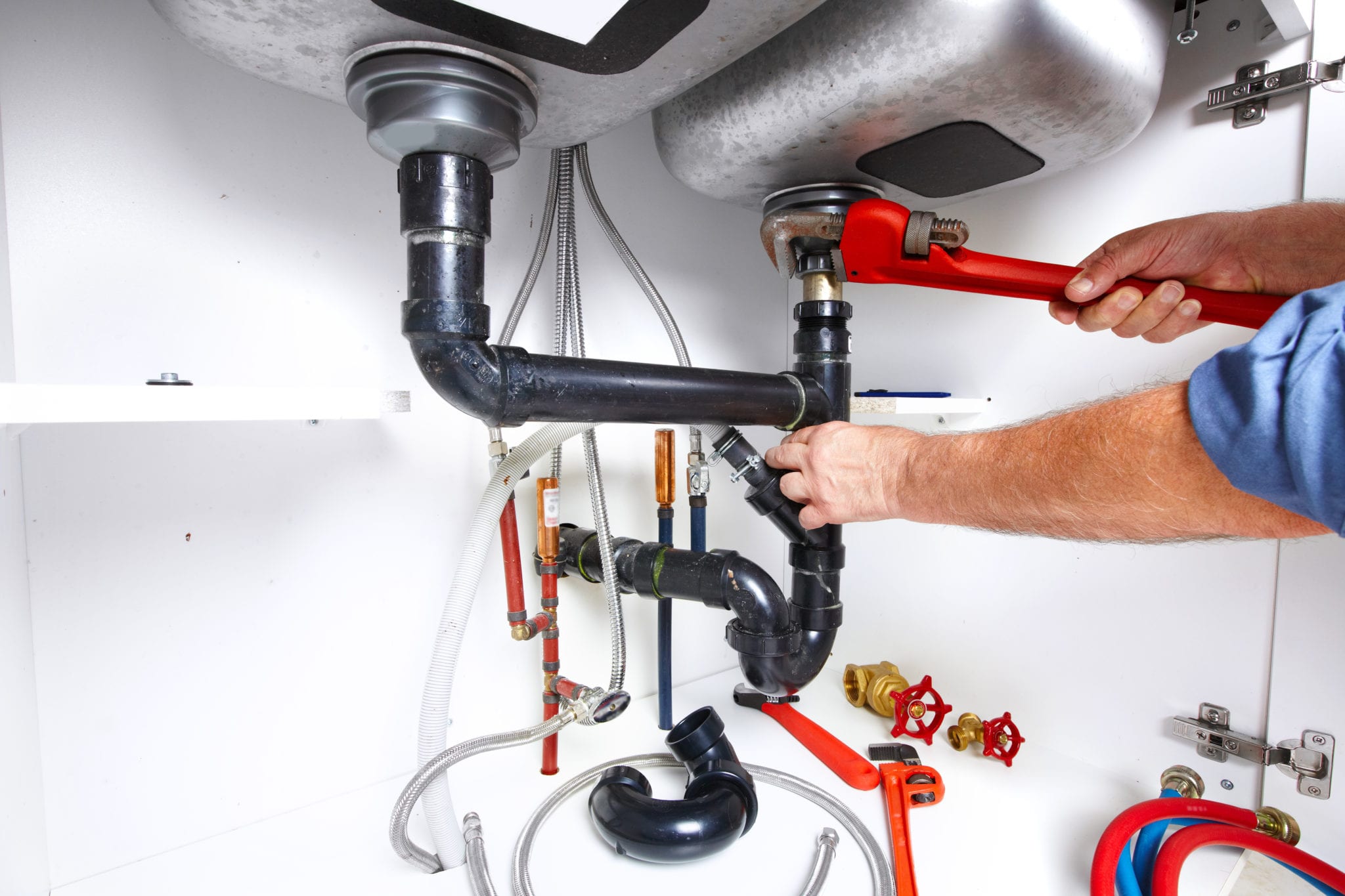We have noticed this article about Leaking water lines directly below on the net and figured it made perfect sense to discuss it with you over here.

Early discovery of dripping water lines can minimize a prospective disaster. Some little water leaks may not be visible.
1. Check Out the Water Meter
Every home has a water meter. Checking it is a proven way that assists you uncover leakages. For starters, turn off all the water resources. Make certain nobody will purge, utilize the tap, shower, run the cleaning equipment or dish washer. From there, most likely to the meter and watch if it will alter. Given that nobody is using it, there must be no activities. If it relocates, that suggests a fast-moving leak. If you identify no changes, wait a hr or two and also check back once more. This means you might have a slow leakage that can even be underground.
2. Examine Water Consumption
If you identify sudden changes, in spite of your usage being the same, it suggests that you have leaks in your plumbing system. An abrupt spike in your costs suggests a fast-moving leak.
A consistent rise every month, also with the same habits, shows you have a slow-moving leakage that's likewise slowly intensifying. Call a plumber to completely check your residential property, particularly if you feel a cozy location on your floor with piping below.
3. Do a Food Coloring Examination
When it involves water usage, 30% comes from toilets. Test to see if they are running properly. Decrease specks of food shade in the storage tank and also wait 10 mins. There's a leak between the container as well as dish if the color somehow infiltrates your dish throughout that time without flushing.
4. Asses Outside Lines
Don't forget to inspect your outdoor water lines also. Test faucets by attaching a yard tube. Ought to water permeate out of the connection, you have a loosened rubber gasket. Replace this and also make certain all connections are limited. It will aid get it skillfully examined and also maintained every year if you've got a lawn sprinkler system. One tiny leak can lose lots of water and surge your water costs.
5. Examine as well as Assess the Situation
House owners must make it a routine to check under the sink counters and also also inside cabinets for any type of bad odor or mold development. These two red flags indicate a leakage so prompt focus is called for. Doing routine assessments, even bi-annually, can save you from a significant problem.
Much more significantly, if you know your home is currently old, maintain a watchful eye on your heaters, tubes, pipes etc. Check for discolorations and deteriorating as the majority of pipelines as well as devices have a life span. They will also normally degrade as a result of tear and wear. Don't wait for it to rise if you suspect dripping water lines in your plumbing system. Call a specialist plumber right away so you do not wind up with a terrible mess in your home.
Early discovery of dripping water lines can reduce a possible catastrophe. Some small water leakages may not be visible. Checking it is a proven means that assists you find leaks. One tiny leak can squander bunches of water and also surge your water expense.
If you believe leaking water lines in your plumbing system, do not wait for it to escalate.
WARNING SIGNS OF WATER LEAKAGE BEHIND THE WALL
PERSISTENT MUSTY ODORS
As water slowly drips from a leaky pipe inside the wall, flooring and sheetrock stay damp and develop an odor similar to wet cardboard. It generates a musty smell that can help you find hidden leaks.
MOLD IN UNUSUAL AREAS
Mold usually grows in wet areas like kitchens, baths and laundry rooms. If you spot the stuff on walls or baseboards in other rooms of the house, it’s a good indicator of undetected water leaks.
STAINS THAT GROW
When mold thrives around a leaky pipe, it sometimes takes hold on the inside surface of the affected wall. A growing stain on otherwise clean sheetrock is often your sign of a hidden plumbing problem.
PEELING OR BUBBLING WALLPAPER / PAINT
This clue is easy to miss in rooms that don’t get much use. When you see wallpaper separating along seams or paint bubbling or flaking off the wall, blame sheetrock that stays wet because of an undetected leak.
BUCKLED CEILINGS AND STAINED FLOORS
If ceilings or floors in bathrooms, kitchens or laundry areas develop structural problems, don’t rule out constant damp inside the walls. Wet sheetrock can affect adjacent framing, flooring and ceilings.
https://www.servicemasterbyzaba.com/blog/how-to-detect-water-leakage-in-walls/

I am very intrigued by Locating water leaks and I really hope you enjoyed reading the new article. Appreciated our write-up? Please share it. Help others check it out. Many thanks for your time. Kindly stop by our blog back soon.